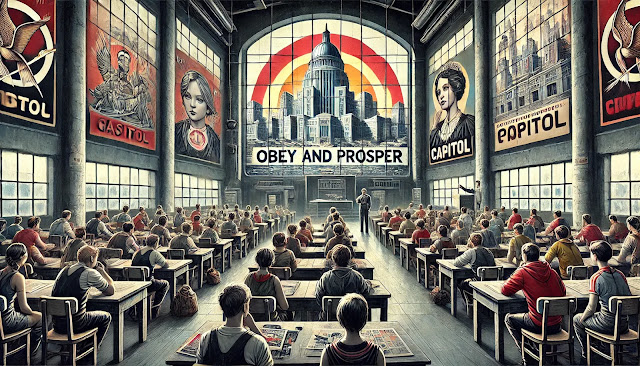Sell your future focused customers tools and present focused customers comfort
Some people are
more oriented to the future, some to the past. Some are oriented to the present
moment. Temporal focus
time style describes the amount of the attention an individual
devotes to thinking about the past, present, and future.
This is
important, because it affects how people think about past experiences, current
situations, and future expectations. Furthermore, these different
orientations have been found to affect motives, behavior and choices. For
example if I tried to sell fact content I’d be most interested in past group,
and I would sell infotainment the present and future groups would be most
appealing (see figure below).
According to
Shipp & Edwards & Lambert (2009)[i] study
about temporal focus and job satisfaction reveled that past-focused
individuals tended to be more negative. Present focus individuals had more
positive attitude towards everything and future focused had higher perceptions
of future job characteristics and more positive attitudes towards the future.
Job satisfaction and commitment depended upon the level of future focus. According
to my Euro election 2014 research the future focused were most eager to vote
and the present focused voted most seldomly.
Shipp &
Edwards & Lambert (2009) have developed a 12-statement scale (Temporal Focus Scale (TFS))
to measure consumers’ time focus. They have tested the TFS through four
independent studies and found it useful in separating consumers and predicting
their attitudes. According to Shipp & Edwards
& Lambert (2009) the most illustrative variables were: ‘‘I replay memories of
the past in my mind” for past temporal focus, ‘‘My mind is on the here and now”
for current temporal focus, and ‘‘I focus on my future” for future temporal
focus. I have decided to use these statements instead the whole scale, due to
need to keep my questionnaires short.
Some people
have argued that young people are only interested about present enjoyment and
that elder people think about the past all the time. This is not exactly true.
There are future, present and past focused people in all age groups. Although,
there seems to be less future focused people in elderly than young people and
elderly people do seem to replay memories more than others. The figure presents
people who “fully agree” with statements listed above.
Women are more future focused than men, who seem to
think their past quit a lot. Future focus seems to be related to educational
level. I divided the consumers into past, present and future
focused, based on their agreement/disagreement with statements above. For
example agreeing with statement ‘‘I replay memories of the past in my mind” or
disagreeing with ‘‘I focus on my future” was coded as past focus and vice versa
for future focus This turned out to be slightly problematic since some people agreed
with more than one statement. The controversies were excluded.
Something to consider: What kind of time styles do
your customers have? Could you adjust your marketing message to fit better to
prevailing time styles? What kind of time focus do you have personally and does
it affect your consumption patters?
[i] Shipp, Abbie
J. & Edwards Jeffrey R. & Lambert, Lisa Schurer (2009):
“Conceptualization and measurement of temporal focus: The subjective experience
of the past, present, and future”, Organizational Behavior and Human Decision
Processes 110 (2009) 1–22






Comments
Post a Comment